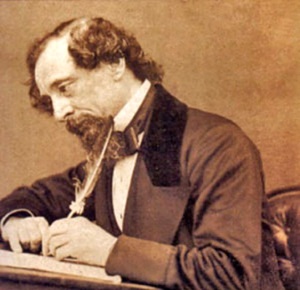Today, on Percy Grainger’s 140th birthday, let’s recall his reflections on the two broad stylistic groups he discerned in world music.
Grainger believed that strong musical and human characteristics unite the musical output of the Nordic countries, which include Scandinavia, the Netherlands, Great Britain, Ireland, the United States, Canada, Australia, and several others.
To him, the melodic habits of Nordic music were more like those of China and other Mongolian countries than those of such European countries as France, Italy, Spain, Germany, and Austria. His Mongolian-Nordic musical tradition favored solemn or spiritual unadorned melodies with long sustained notes, gapped scales, and a tendency to underlying polyphonic thought. The Nordic musical mind sought inspiration in nature.
In contrast, the southern or Mohammedan tradition favored nervous, excitable, and florid tunes with quickly fluctuating notes, closely filled-up scales, and a tendency to seek surface complexity in technical passagework rather than in harmony.
This according to Characteristics of Nordic music, a talk broadcast on New York’s WEVD radio on 4 July 1933. Grainger’s talk is reprinted from a typescript held by the Grainger Museum, Melbourne, in Grainger on music (Oxford: Clarendon 1999, 258–266; RILM Abstracts of Music Literature 1999-20329).
Above, Grainger with a radio microphone in 1928; below, some vintage recordings.
Related articles:
- Grainger studies
- Delius’s taste (Grainger on Delius)












